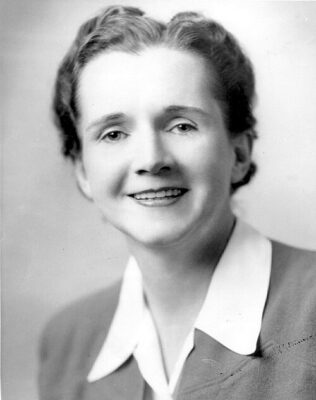
For over four decades, renowned Spanish film director Pedro Almodóvar has been creating melodramatic works of art conveying his unique perspective on post-Francoist Spain, strong women, family, sexuality, and filmmaking itself. With semi-autobiographical elements sprinkled throughout, Almadóvar’s Palme d’Or-nominated film, Pain and Glory, is one of his most personal works to date, and despite the title, his least melodramatic.
The titular pain and glory are the two dominant forces in the life of Salvador, an aging filmmaker played by Almodóvar’s long time collaborator, Antonio Banderas. Much of Salvador’s pain is literal, caused by a myriad of health issues. And it’s pain that prevents him from doing the one thing that gives his life meaning: making more movies. Salvador’s glory is self-evident. His long and successful career has given him a beautiful home adorned with original works of art envied by the Guggenheim, and one of his films from thirty-two years earlier is being honored as a classic at Madrid’s Cinematheque.
Pain and Glory is bifurcated between the past and present. With Salvador’s newly expanded idle time, much of the narrative is devoted to his reflection on a formative period of his childhood, shown through a series of flashbacks. When he’s not living in the past, he struggles not only with the pain of the corporeal, but also the pain of regret. With an entire career as a renowned director fading into the distance, Salvador begins to reconcile the toll his single-minded obsession has taken on the people closest to him, both professional and familial. In an effort to mend one broken bridge, and perhaps gain access to stronger opiates, Salvador attempts to reconnect with a heroin-addicted star, Alberto, a former friend and colleague he’s been estranged from for over three decades.
As with all of Almodóvar’s later films, Pain and Glory has a striking visual aesthetic. Even the opening credit sequence dazzles – a virtual movie screen centered within a pool of morphing, psychedelic colors. The screen is pure white and yet to be filled, perhaps never to be filled, foreshadowing Salvador’s inability to create. Lurid colors, an Almodóvar trademark, swirl around the edges like nascent ideas, seemingly doomed to remain unformed and outside the frame. And somehow Almadóvar manages to perfectly capture the singular moments that create a cherished childhood memory; his recollection of his mother, washing clothes on the side of a river while singing a haunting Spanish folk song with other women from their village, and the swarming little fish attracted by the soap in the water, gain almost a spiritual significance.
The acting is across the board superb. Antonio Banderas, whose charismatic performance earned him the Best Actor award at this year’s Cannes Film Festival, imbues Salvador with a solemn air of resignation and gravitas. It’s arguably one of the best performances of his career. And Penelope Cruz, seemingly ageless and more captivating with every passing year, plays the radiant mother of Salvador’s childhood.
Pain and Glory, with its look at a life mostly lived, will undoubtedly resonate most profoundly with an older demographic. But if the candles on your birthday cake don’t yet threaten to become a conflagration, there’s still much to enjoy. In addition to the stellar performances and sumptuous cinematography, Pain and Glory is a compassionate and realistic portrait of the bittersweet realities inseparable from a life near completion.
For KSQD’s Film Gang, this is Paul Kanieski.












